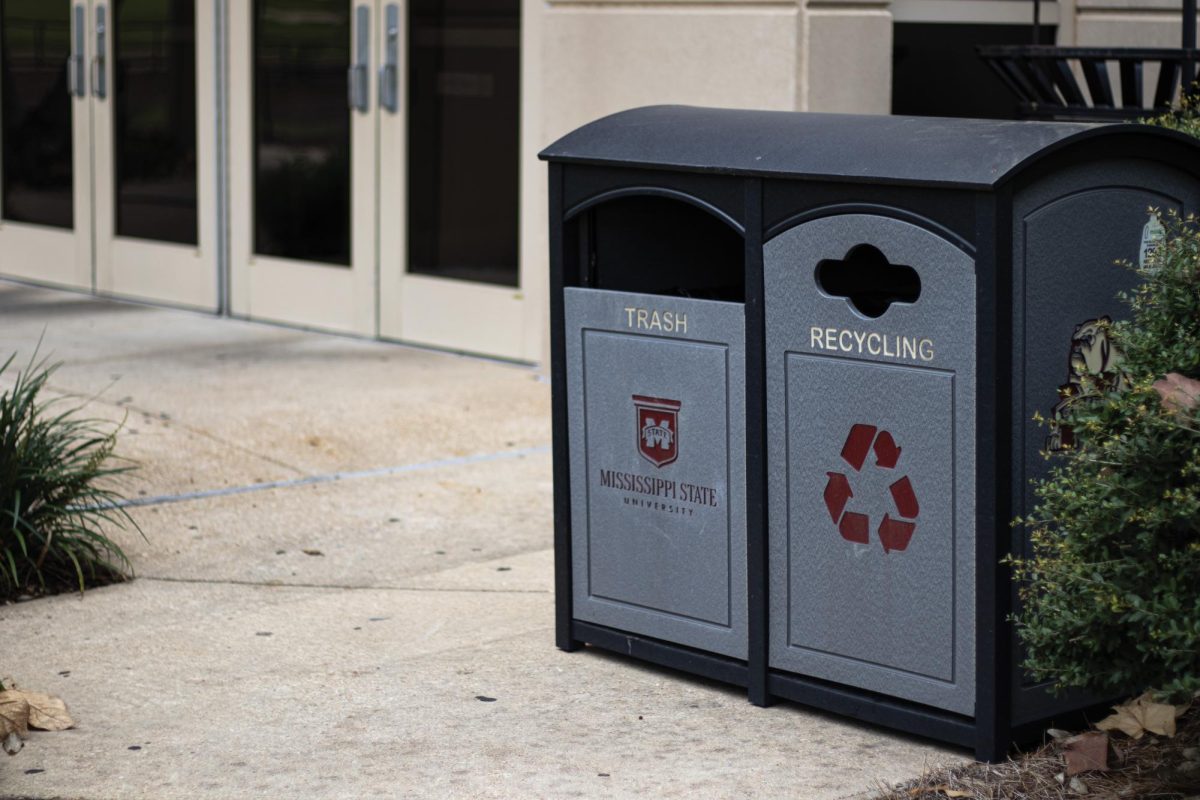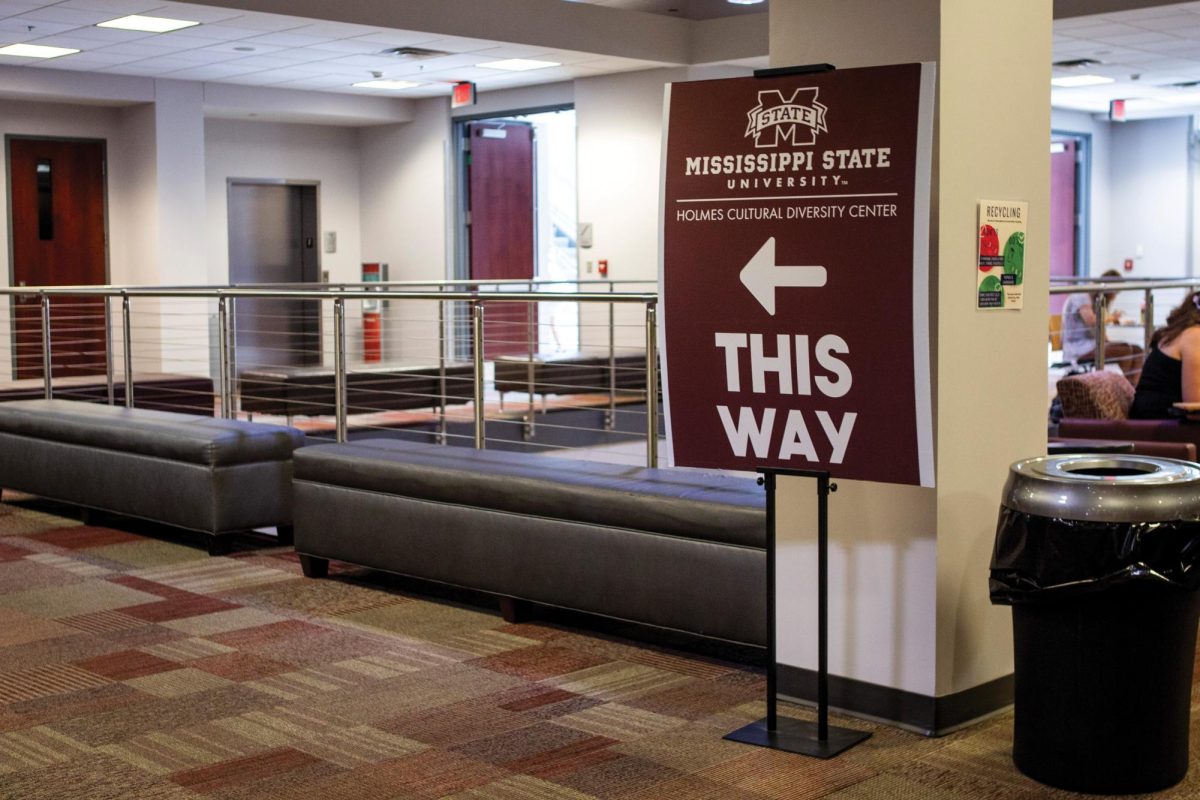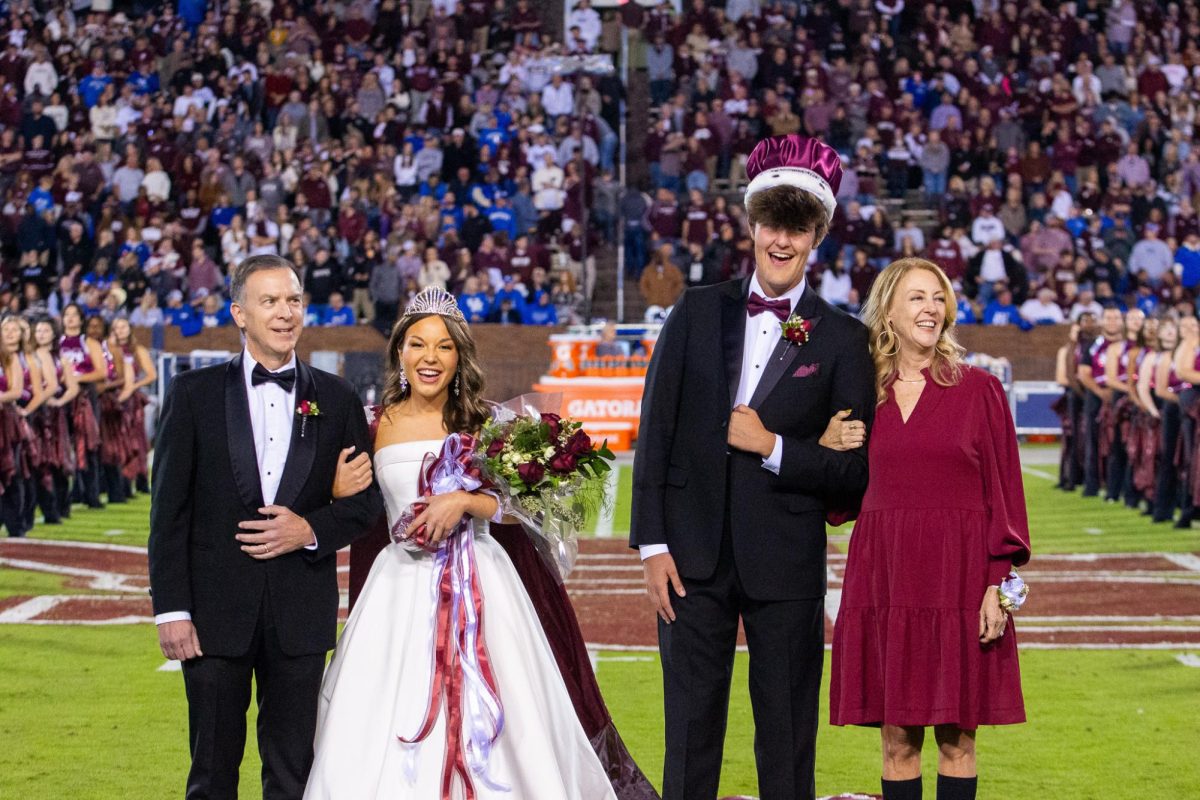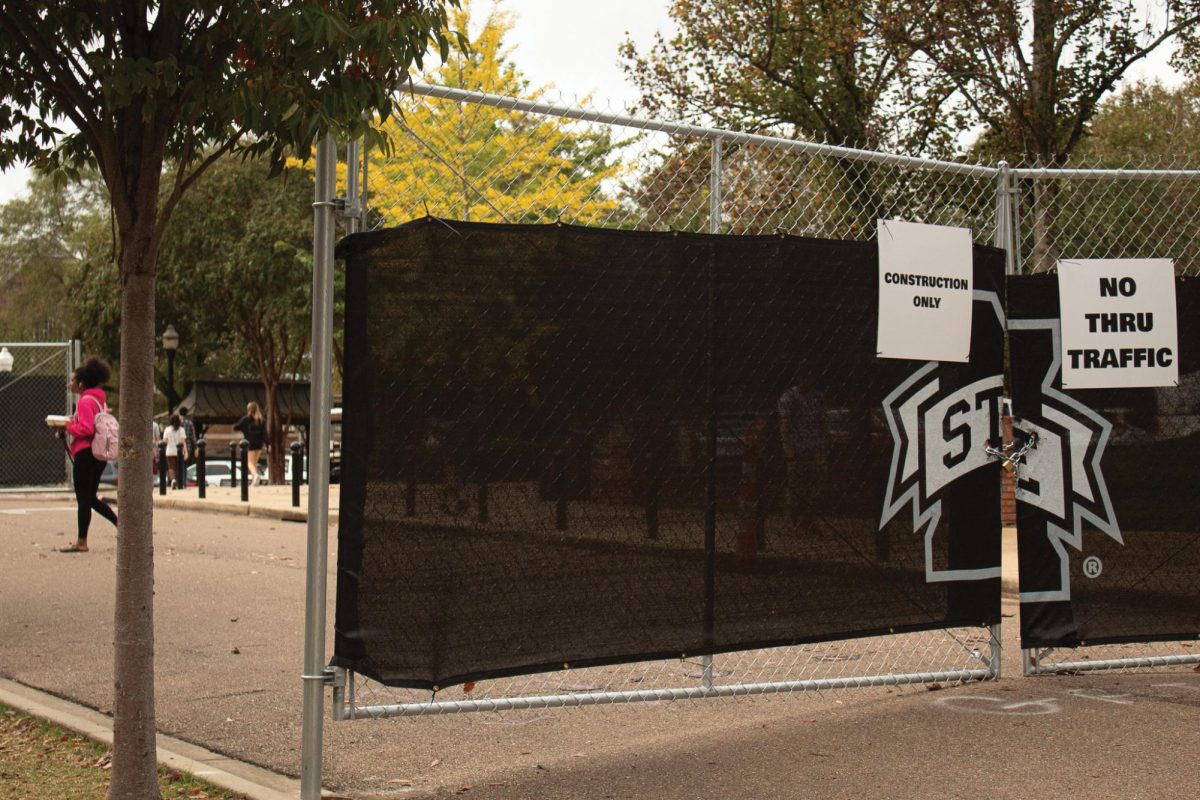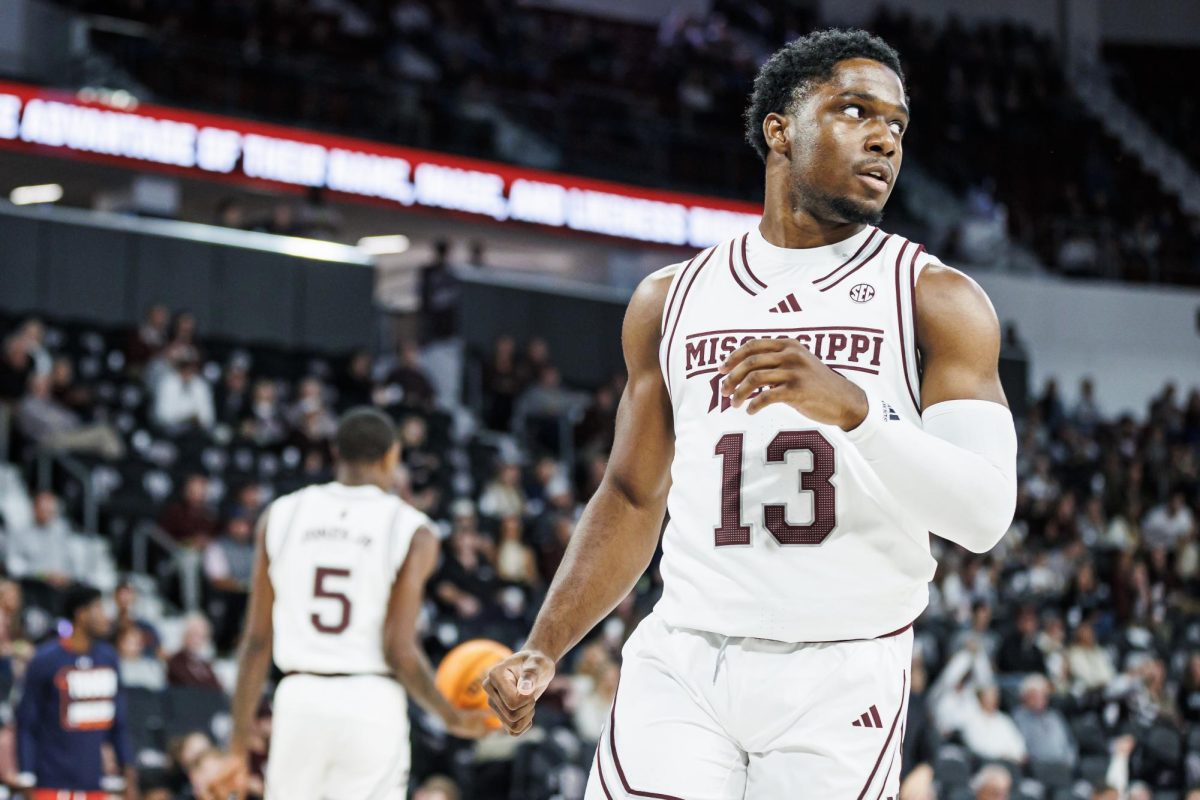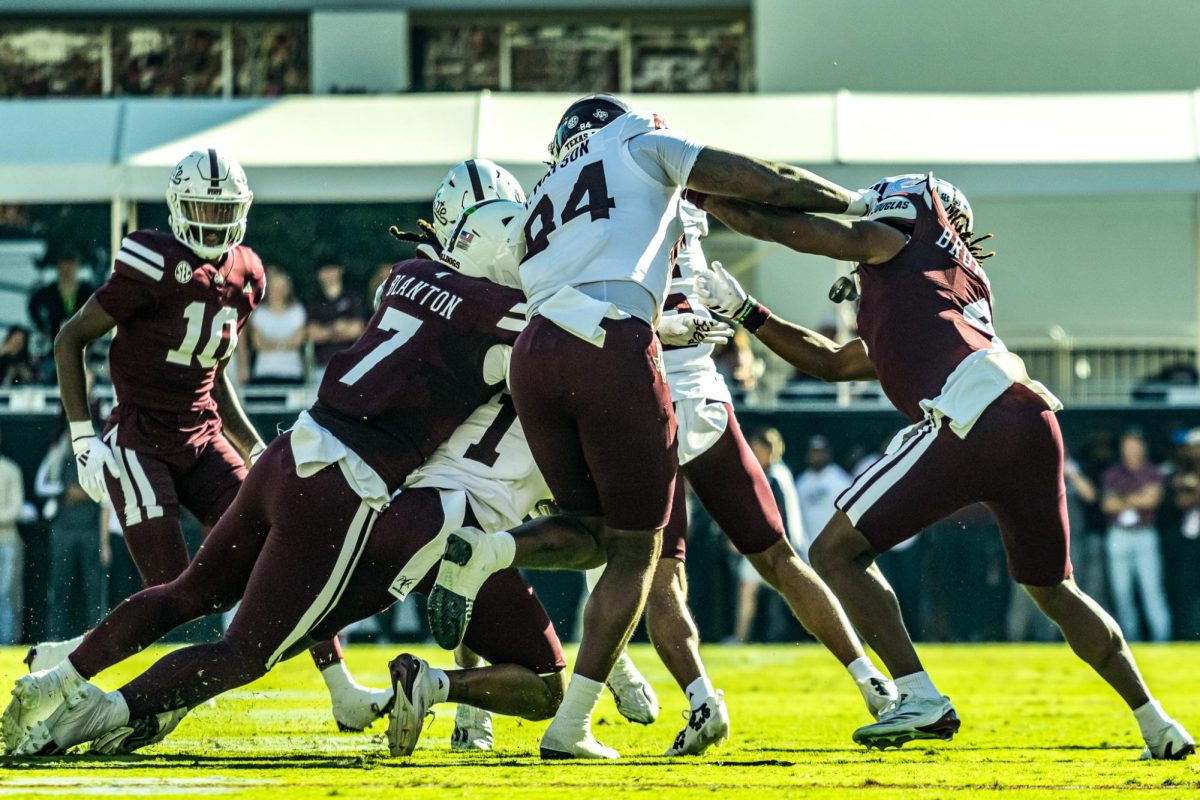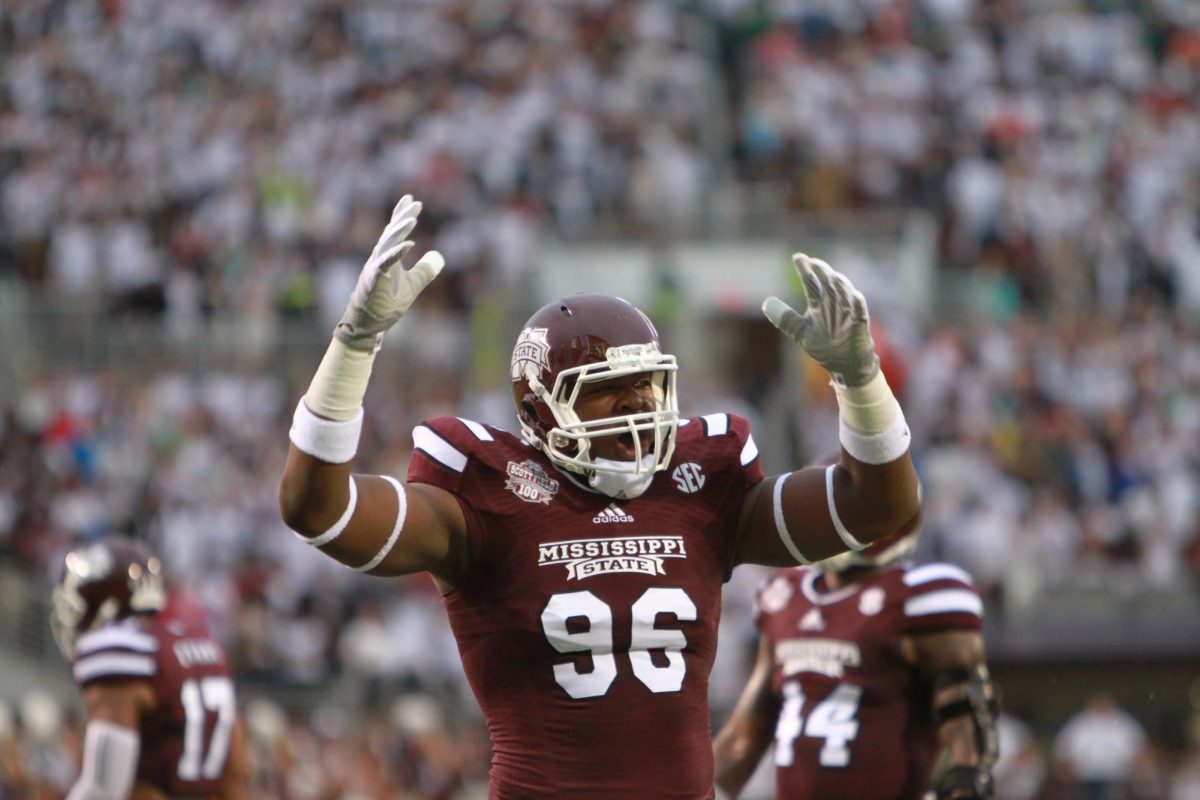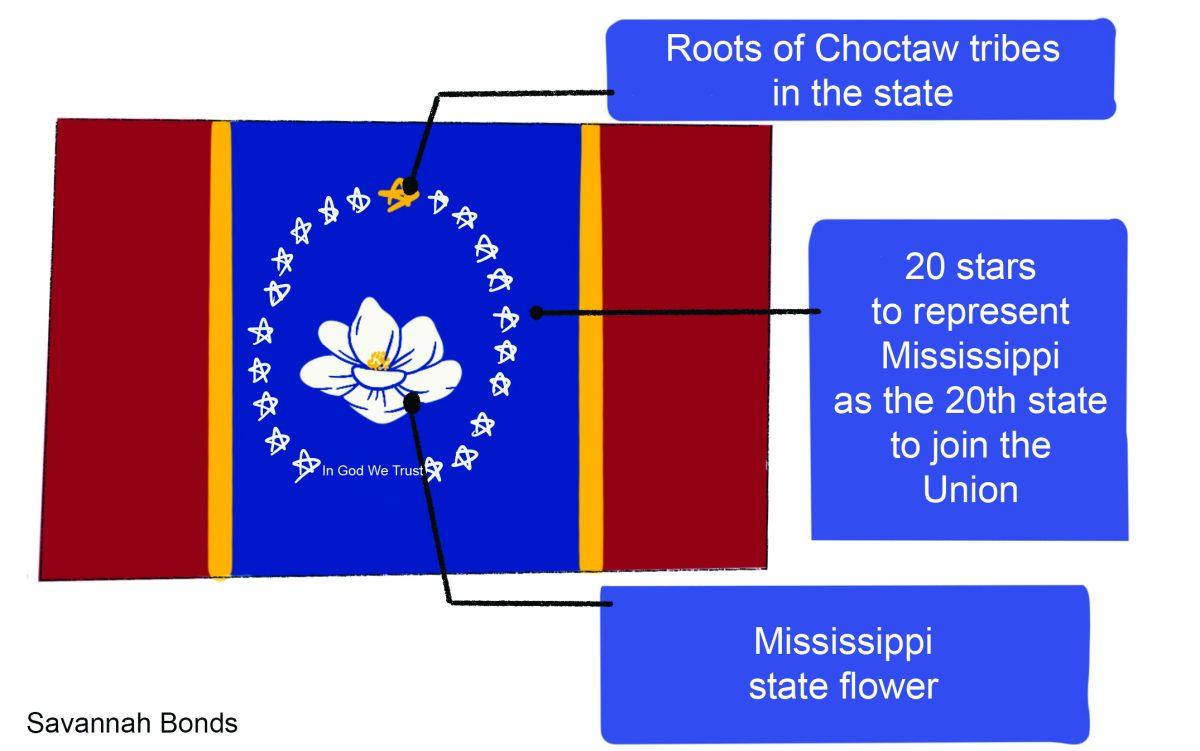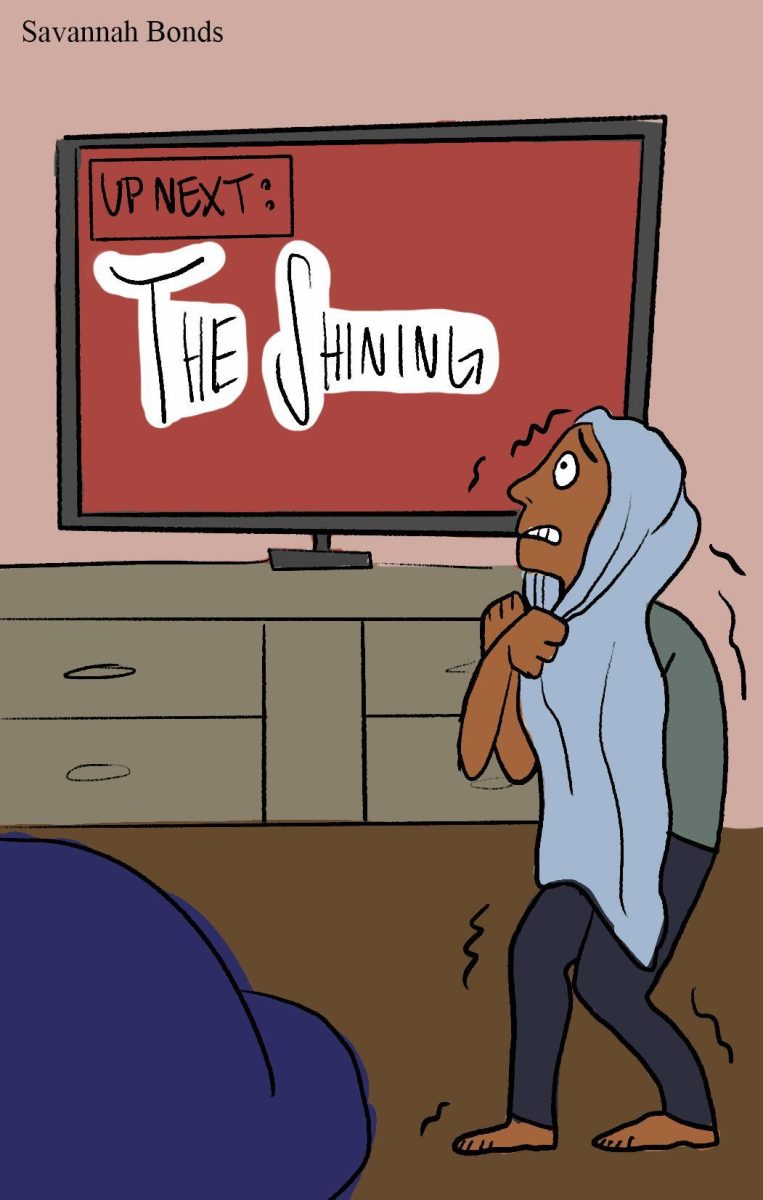In January of 1861, Mississippi was already flying a magnolia flag. Whitney Smith with Britannica notes that since the establishment of the state of Mississippi, and for some time before that, the state used a flag design known as the Bonnie Blue design, a holdover from when part of Mississippi was still a part of the West Florida Republic. The Bonnie Blue was a simple five-pointed star mounted on a blue 3-by-5 flag, and when Mississippi adopted its new magnolia design in 1861, it incorporated this star held in blue into the top-left corner. Added in the middle of a field of white was a simple magnolia tree, which would not become the state tree until 1938.
Decades after the Civil War, in 1894, Mississippi would contentiously adopt the state flag it has flown since this year, with only one design change in 1996 to add a white border around the Confederate Battle Flag included in the top left corner. The flag was an adjusted form of the second Confederate flag, known as the Stainless Banner, with only an added red and blue border at the top and bottom.
In her TED Talk on inclusivity in design, writer and activist Sinéad Burke said, “Design is a way in which we can feel included in the world, but it is also a way we can uphold a person’s dignity and their human rights.”
Design should be inclusive, and the Confederate addition to the flag was not. Beyond the obvious racial issues presented by the old flag, it also flies in the face of the oft-celebrated hospitality Mississippi advertises.
On the other hand, the New Magnolia Flag, or the In God We Trust Flag as it is now called, is wonderful. Depicting a white magnolia blossom in the center of 21 stars, helmed by one gold star at the top, the flag not only represents Mississippi’s hospitality but also its history.
According to the Mississippi Department of Archives and History, the lead designer of the proposed flag Rocky Vaughan said the 20 stars represent Mississippi’s place as the 20th state to join the Union, while the solitary gold star at the top recognizes Mississippi’s indigenous people, the first inhabitants of the state. Beyond that, the flower itself is both an homage to the 1861 Magnolia flag and a symbolic recognition of “Mississippi’s sense of hope and rebirth, as the Magnolia often blooms more than once and has a long blooming season.”
Mississippi’s new, tentative flag is also a great design. Vexillology is the study of flag design, and though it is niche, the community which does care for it is impassioned and well-studied. The North American Vexillological Association published a small book called “Good Flag, Bad Flag” on the subject of good flag design, compiled by Ted Kaye, which outlines five guidelines to achieve the best flag design.
Of Kaye’s flag design how-to, rule one is simplicity, stating a flag should be “so simple that a child should be able to draw it from memory.” Rule two requires the use of meaningful symbolism. Rule three suggests keeping colors few and basic, limiting the colors to options within the standard ROYGBIV spectrum. Rule four advises no words, and rule five recommends the flag be distinctive. Though listed as rules in the book itself, NAVA insists these five design “rules” are simply guidelines.
The In God We Trust Flag follows most, if not all, of these. The flag is composed of classical banners, stars and a flower, all with distinct and listed meaning. It uses three primary colors and a neutral (blue, red, yellow and white), all of which besides white have articulated reasoning behind them.
However, the new flag does include the words “In God We Trust” below the stars and blossom, thus breaking the advisory against the usage of words on the flag.
Even though in his TED Talk design enthusiast Roman Mars said the symbolism in a design should be strong enough so what the flag represents does not have to be written, I will note that, in all the examples of “bad” text additions in “Good Flag, Bad Flag,” the flag indicates the place it represents. “In God We Trust” exists as more of a design element than some egregious descriptor.
Lastly, and the most important for me, is the flag’s magnolia carries meaning at many levels. It recognizes Mississippi’s strong and complex history in its respectful borrowing from the 1861 design, its 20 white stars and its central homage to the Choctaw people. It recognizes the state’s ever-present hospitality and serenity. Most importantly though, it ceremoniously opens Mississippi for future change, for re-blossoming, something our state has done time and time again. It is a good design aesthetically, but it is a great design because of how hard it knocks NAVA’s fifth rule out of the park. It is distinctly Mississippian.
Mississippi has made many mistakes. Every state has. But despite that, there is a palpable and stubborn beauty here. Mississippi is standing on the precipice of great change, leaning forward and ready to take flight. Every small battle won leans us ever closer to that goal. The old flag was rooted in the past, insistent we acknowledge the history of the state. But is the Confederate Battle Flag the history we want to celebrate? Or should we instead rally for the future around a flag built on the foundation of the past but not stuck in it?
In the words of Ted Kaye during his feature in Mars’ TED Talk, a great flag design is “a banner for people to rally under to face those more important things.” We may have a long way to go, but the In God We Trust Flag is the banner which can lead us there.






